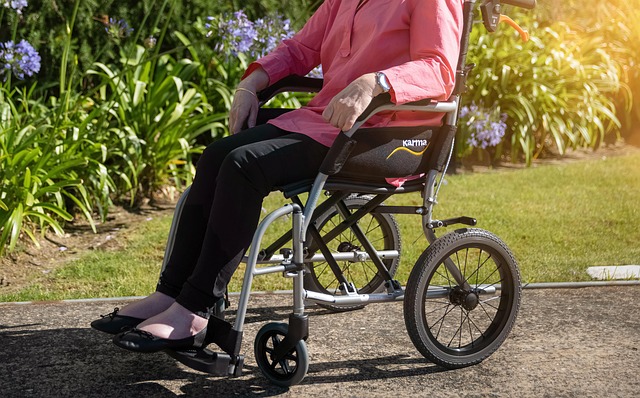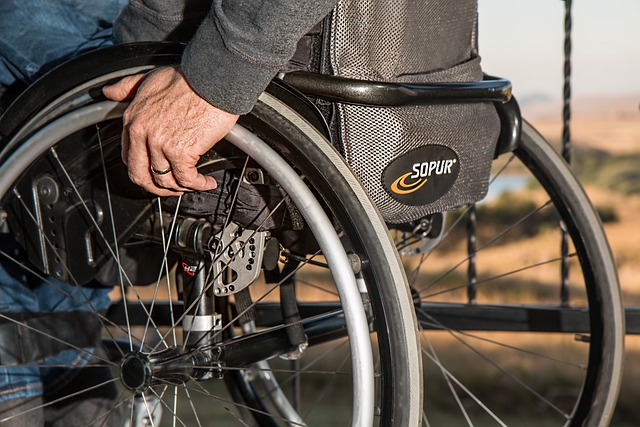This article discusses hypertension causes paralysis , the early indicators, and treatment options. We will also cover the importance of early diagnostics and factors that may increase your risk for paralysis.
High blood pressure: Also known as hypertension, this is a very common condition affecting millions of people across the globe.
Although most know hypertension can lead to heart disease, stroke, and kidney issues, few recognize the other serious and disabling complications of uncontrolled hypertension, such as paralysis.
What is Paralysis?
Paralysis is the loss of ability to move one or more muscles in a part of your body due to impairment of the nervous system. It may be localized to a single hand or foot or widespread over the arms, legs, and trunk. Paralysis can be sudden or gradual and temporary or permanent depending on the underlying cause severity.
Types of Paralysis
Depending on the affected body region and underlying extent of damage to the nervous system, paralysis is classified. Among them, the most common types are:
Monoplegia A paralysis affecting a single limb, often due to stroke, traumatic injury or persistent damage to local nerves.
Hemiplegic: paralysis of one side of the body The most common cause is a stroke or head trauma.
Paraplegia: Paralysis affecting all of the lower half of the body, that is waist down (both legs). It is usually the aftermath of spinal cord injuries.
Tetraplegia (Quadriplegia): Inability to move, either from childhood or a lifelong condition, affecting all four limbs with the torso; tetraplegia most commonly occurs due to damage at the neck level of the spinal cord caused by acute injury or disease.
Facial Paralysis: Involving the muscles of the face, usually due to nerve damage (bell’s palsy or facial trauma).

Initial Symptoms Of Paralysis
Paralysis typically happens suddenly following an injury or medical event, but in some cases it develops slowly over time.
Increased awareness when it comes to recognizing those signs can be crucial for making sure that people get the treatment they need, learn more about who these types of people always make their own lives better.
The most commonly recognized early indications of paralysis include:
New weakness or numbness in one or more areas of the body: This may happen after a stroke, traumatic injury, or infection affecting your nervous system.
Wrong movement or clumsiness : If the individual may require assistance to walk or move, nerve injury or brain disorders could be involved.
Numbness or tingling: A sudden tingling sensation or loss of sensation in the arms, legs, and/or face, which can be a precursor to paralysis;
Lack of motion: This is usually the first and most apparent symptom of paralysis following a traumatic injury, stroke, or spinal cord illness.
Breathing or swallowing: If paralysis affects the muscles that allow breathing and swallowing, it can lead to potentially life-threatening complications that need immediate medical care.
Loss of control over bowel or bladder: Damage to the spinal cord or nerves responsible for these functions can lead incontinence, or a lack of power perfect this potential and urinary or faecal process.
Prevalence:
Hypertension is a common problem. Almost 1 in 3 adults in the United States has high blood pressure, according to the Centers for Disease Control and Prevention (CDC).
The risk of developing hypertension increases with age, but is also associated with other factors, including:
Obesity or being overweight
A family history of hypertension
Sedentary lifestyle
High salt diet
Excessive alcohol consumption
Another group are those who have had a stroke or transient ischemic attack (TIA) who are at a higher risk of paralysis due to hypertensin.
Diagnosis:
The diagnosis of hypertension is confirmed by blood pressure measurements with a simple and rapid test. Guidelines suggest that adults have their blood pressure screened regularly to assure it’s within a healthy range (below 120/80 mm Hg). Readings that consistently show higher than 130/80 mm Hg can indicate hypertension.
When there is a stroke caused by hypertension the diagnosis is depends on symptoms and medical tests, including imaging scans like CT scan or MRI to evaluate brain damage and detect the Cause of paralysis.
Types of Treatment for Paralysis
The specific cause of paralysis and how much nerve damage has occurred will determine the treatment. Options may include:
Medications: Anti-inflammatory medications, pain medications, and drugs to treat underlying disorders (such as stroke or multiple sclerosis) can lessen symptoms.
Physical therapy: Rehabilitation exercises are important for strengthening muscles, enhancing mobility and improving overall function. Physical therapists work with patients to learn how best to cope with their disorder, and recover as much independence as they are able.
Surgical: You might need surgical treatments to repair spinal cord injuries, remove tumors, or relieve pressure on nerves.
Devices: Wheelchairs, braces, and other mobility aids can enhance independence and quality of life for people with paralysis.
Stem Cell Therapy : Researchers continue to investigate the role of stem cells in repairing damaged nerves and restoring function in paralyzed patients. Stem cell therapy is only in the experimental stages, but may hold promise for future treatments.
Assistance for Life: If someone is paralyzed for life, they might need support from another person to live their daily lives while also avoiding complications like pressure sores, urinary infections and respiratory issues.
FAQs
Can hypertension causes paralysis ?
Yes, hypertension (high blood pressure) can increase the risk of stroke, which can hypertension causes paralysis . Chronic high blood pressure puts extra strain on the blood vessels, making them more likely to rupture or block, resulting in a stroke. A stroke can cause paralysis, typically on one side of the body, depending on which part of the brain is affected. Managing hypertension through lifestyle changes and medication can help reduce the risk of stroke and related complications like paralysis.
Long-term Effects:
When left untreated, hypertension can lead to irreversible damage to blood vessels and organs.
Over time, high blood pressure damages the arteries, making them stiff and brittle, creating risk of blood clots and blockages in the brain.
This could go on to cause a stroke that leaves one side of the body paralyzed, known as hemiplegia.
Stroke patients with paralysis have difficulty walking and being independent.
Though rehabilitation is an important component, from physical therapy and speech therapy, is often required to help regain some function, but recovery differs from person to person.
Summary
If not taken care of, hypertension can become severe and lead to several complications like paralysis.
Can hypertension causes paralysis ? Stroke is the most direct connection between high blood pressure and paralysis, which occurs when blood flow to the brain is blocked or reduced.
Monitoring blood pressure regularly, adopting a healthy lifestyle and medications to manage hypertension can go a long way in reducing the risk of stroke and paralysis.
There are many risk factors that can impair quality of life and if detected early can be treated.


Hypertension is indeed a serious condition that can lead to various complications, including paralysis. It’s crucial to monitor blood pressure regularly and adopt a healthy lifestyle to reduce risks. Early detection of symptoms like difficulty breathing or loss of bladder control can make a significant difference in treatment outcomes. How can we better educate the public about the lesser-known complications of hypertension?